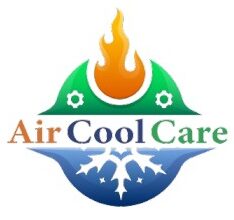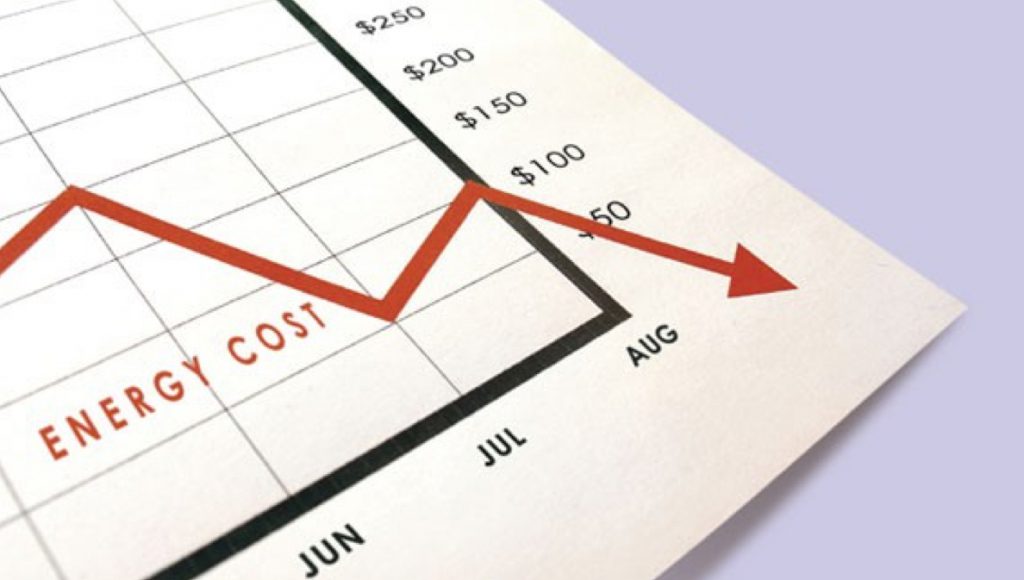The Invisible Drain on Your Sydney Budget
The Sydney summer is relentless, and your ducted air conditioning system is often tasked with a continuous, high-stakes battle against the heat. While your air conditioner provides essential comfort, the cost of running it often accounts for the largest portion of your summer electricity bill. If you’ve noticed your bills are steadily climbing, and your home never seems to cool down efficiently, the problem may not be with your electricity provider—it’s likely hiding in the very arteries of your climate control system: your air ducts.
The principle is simple: a dirty system is an inefficient system. When your ductwork is clogged with years of accumulated dust, insulation fibres, pet hair, and microbial growth, your air conditioning unit is forced to work exponentially harder to push air through the resistance. This struggle translates directly into higher amperage draw, longer running times, and a significant, often preventable, increase in your monthly energy expenditure. Optimizing your Air Duct Energy Efficiency Sydney wide is the secret weapon against soaring cost-of-living expenses.
In a city with some of the highest electricity tariffs in Australia, the importance of peak system performance cannot be overstated. A clean, unobstructed duct system minimizes the mechanical stress on your unit and maximizes the rate of cooling (or heating) transfer, leading to shorter run cycles and genuine financial relief. We’ll explore how this hidden contamination robs your home of efficiency and how professional cleaning is the most cost-effective solution.
The Core Mechanisms of Energy Loss
Understanding how a dirty duct system wastes energy is the key to appreciating the value of a professional clean.
Overcoming Static Pressure
The primary function of your air handler’s fan motor is to move air at a specific velocity through the resistance (static pressure) of the ductwork.
- The Blower’s Burden: When the ducts are clogged, the static pressure increases dramatically. The motor senses this resistance and tries to overcome it, drawing significantly more electrical current (amperage) to spin the fan. This consistent overwork is the immediate cause of higher power bills. A clean duct system allows the fan to operate at its designated, more efficient power draw.
- The Hidden Heat Transfer: Excessive friction caused by compacted dirt generates minute amounts of heat within the ducts themselves, subtly working against the cooling process.
The Insulating Effect of Grime on Coils
The most critical component for efficiency is the evaporator coil, where the air is cooled. In Sydney, coils are frequently coated in a damp layer of dust and bio-film (mould and bacteria).
- The Barrier: Even a thin layer of grime acts as an insulating barrier, preventing the coil’s metal surface from effectively absorbing heat from the air. This reduces the coil’s heat transfer rate by a staggering 5% to 20%.
- The Perpetual Run: Because the air isn’t being cooled quickly enough, the thermostat sensor dictates that the system must continue running, turning a 15-minute cooling cycle into a 30-minute marathon. This constant, inefficient operation is where your money vanishes. Restoration of the coil’s performance through deep cleaning is a major contributor to Air Duct Energy Efficiency Sydney.
Structural Failures and Air Leakage
Beyond the core components, dirty systems promote structural issues that directly cost you money.
Ductwork Leaks and Seal Failure
A system struggling against high static pressure is physically straining the integrity of its duct seals and connections.
- The Escape Route: Over time, this pressure, combined with natural movement and temperature swings, causes seals to crack, and joints to separate. Conditioned air—which you have paid to cool—escapes into your roof space or wall cavities.
- 30% Waste: Studies show that up to 30% of conditioned air can be lost through leaky ductwork in unconditioned spaces. This is pure financial waste; for every $100 you spend on cooling, $30 is lost before it reaches your living area.
Insulation Degradation
Many ducted systems use insulated flexible ducting, particularly important in the often scorching hot roof spaces of Sydney homes.
- Moisture Damage: Mould and moisture penetration break down the insulation’s fibres, causing it to sag, compress, and lose its R-value (its thermal resistance).
- Temperature Gain: Cold air passing through poorly insulated ducts rapidly gains heat from the hot roof cavity. By the time the air reaches your vent, it’s warmer than it should be, forcing the entire system to compensate by running longer.
The Economic Rationale for Professional Cleaning
The financial case for professional cleaning is clear: it’s an investment in preventative maintenance that yields quantifiable savings.
Reduced Wear and Tear, Fewer Repairs
The most expensive cost associated with HVAC systems is not the running cost—it’s the cost of replacement.
- Protecting the Compressor: The compressor is the most costly component of your AC system. When the evaporator coil is dirty, it causes high head pressure, which shortens the compressor’s life. A clean coil ensures the compressor operates within its safe design parameters.
- Motor Longevity: A fan motor that is not constantly struggling against airflow resistance will last significantly longer, avoiding the $500–$1,500 replacement costs for the motor and labour.
Calculating the ROI
Given that most Sydney homes see a reduction in running time and an efficiency gain of 10% or more post-clean, the service often pays for itself. If your summer electricity bill is $600 (a modest estimate for a ducted home), a 15% reduction is $90 in savings per season. Over several years, the savings significantly outweigh the initial investment in Air Duct Energy Efficiency Sydney services.
Choosing the Right Service for Sydney Efficiency
To achieve maximum energy efficiency, the cleaning process must be comprehensive and targeted.
Full System Access and Agitation
The cleaning must extend beyond the main duct runs to include all branch lines and the main air handler cabinet. High-powered agitation (air whips, mechanical brushes) and powerful HEPA vacuum containment are non-negotiable to ensure all debris is removed and contained.
Dedicated Coil and Blower Wheel Cleaning
This is the efficiency-critical step. The technician must dedicate time to:
- Chemical Cleaning: Applying specialised, non-acidic solutions to the evaporator coil to dissolve the thick bio-film.
- Blower Wheel Restoration: Meticulously cleaning the fan blade fins, which is crucial for restoring optimal airflow volume.
Post-Clean Verification
A professional should be able to verify the improved performance, often through visual inspection or by noting the immediate improvement in the system’s ability to maintain temperature.
Peak Season Planning
To maximise your savings in the hottest months, schedule your service proactively.
- Spring Cleaning: The ideal time for deep duct cleaning is in the Spring (September to November), just before the full intensity of the Sydney summer hits. This ensures your system is at peak efficiency before the continuous, high-draw operation begins.
- Regular Maintenance: Schedule subsequent deep cleans every 3 to 5 years, depending on your usage, environment (e.g., proximity to main roads), and the presence of pets or heavy allergy sufferers.
Conclusion (Your Most Cost-Effective Summer Investment)
In Sydney’s high-cost, high-heat environment, an inefficient air conditioning system is a luxury no homeowner can afford. The hidden cost of dirty ducts is real, resulting in higher bills, reduced comfort, and the premature death of expensive equipment. Investing in professional Air Duct Energy Efficiency Sydney cleaning service is the single most effective way to restore your system’s performance, protect your equipment, and secure tangible savings on your monthly energy bill.

